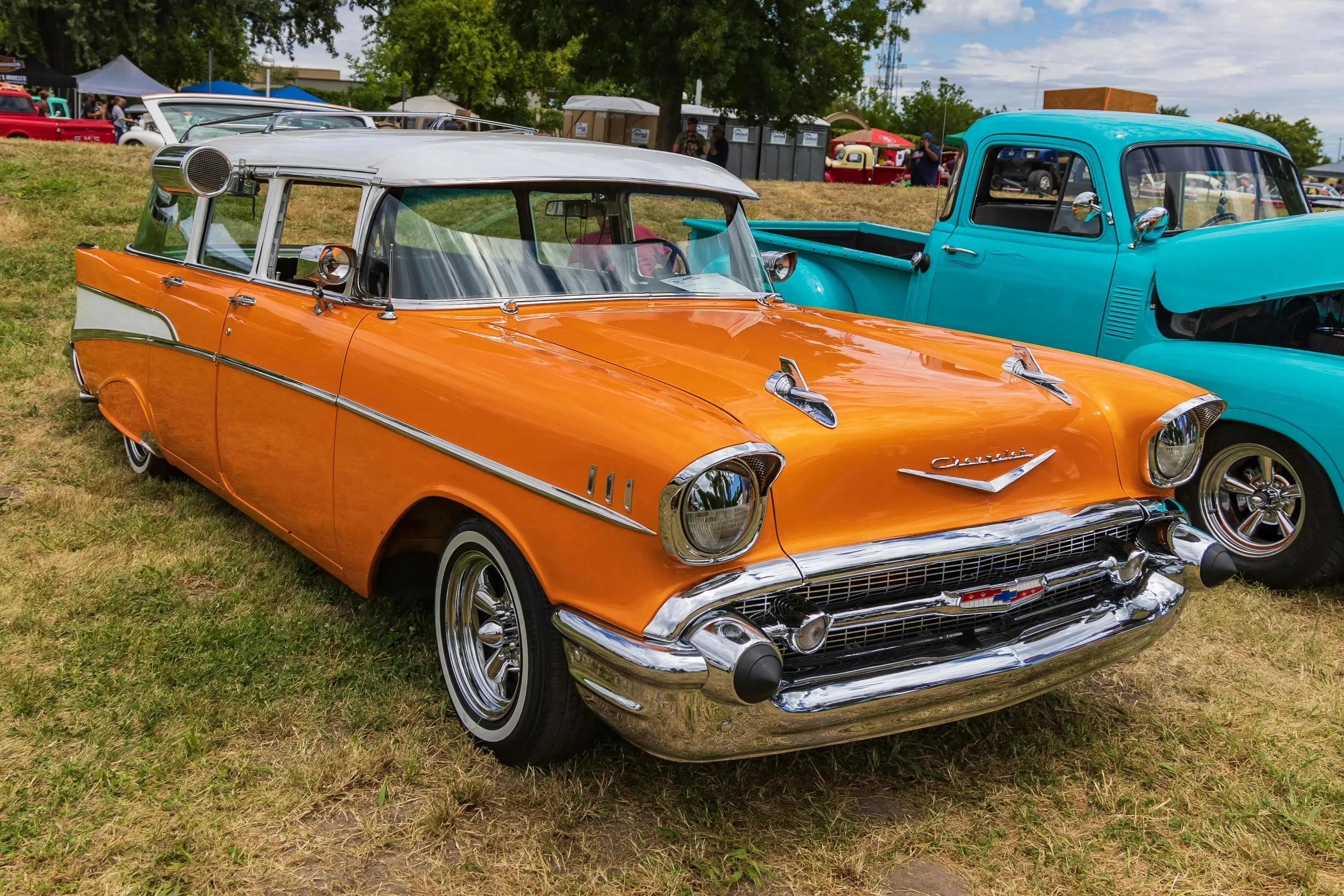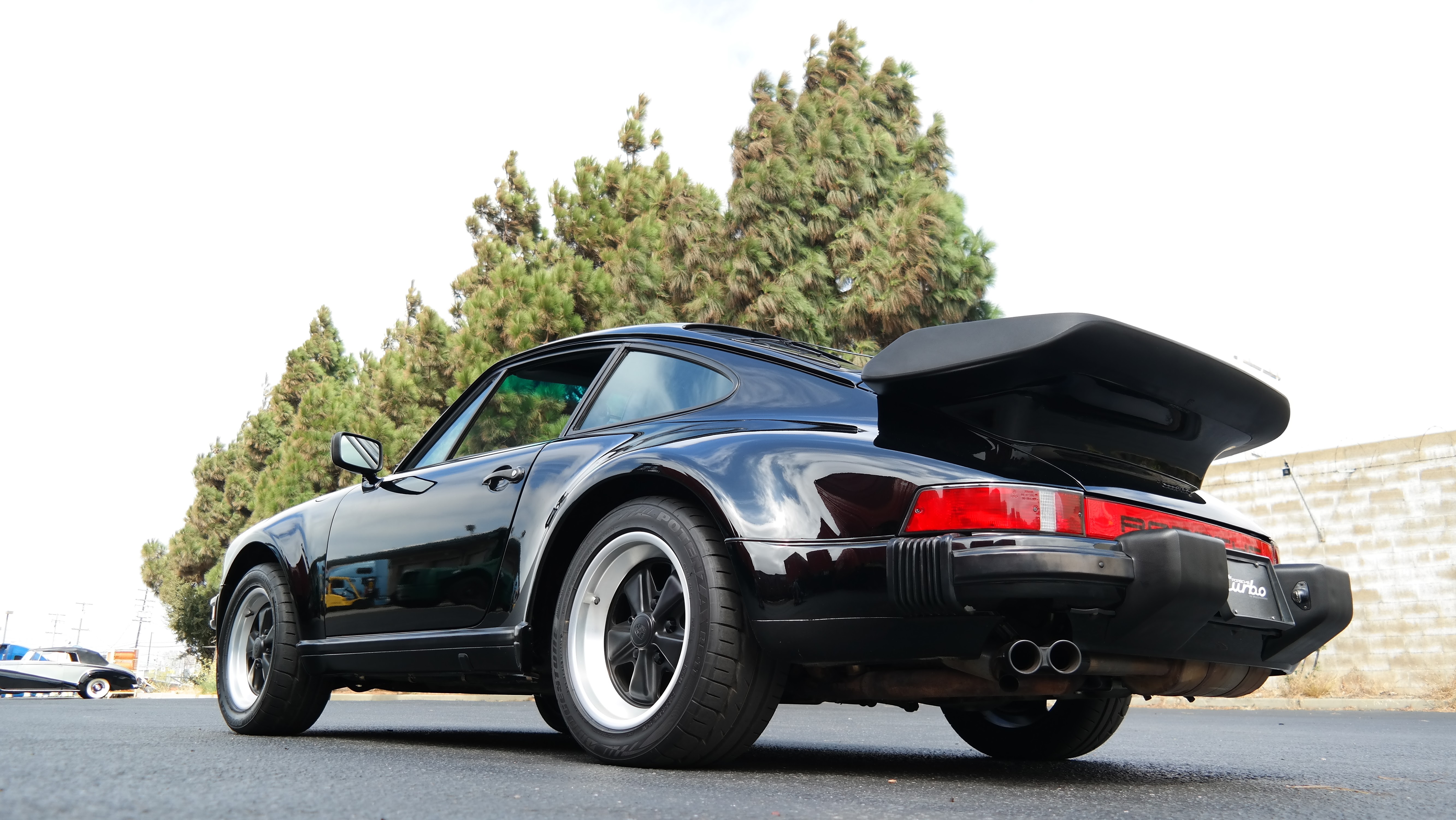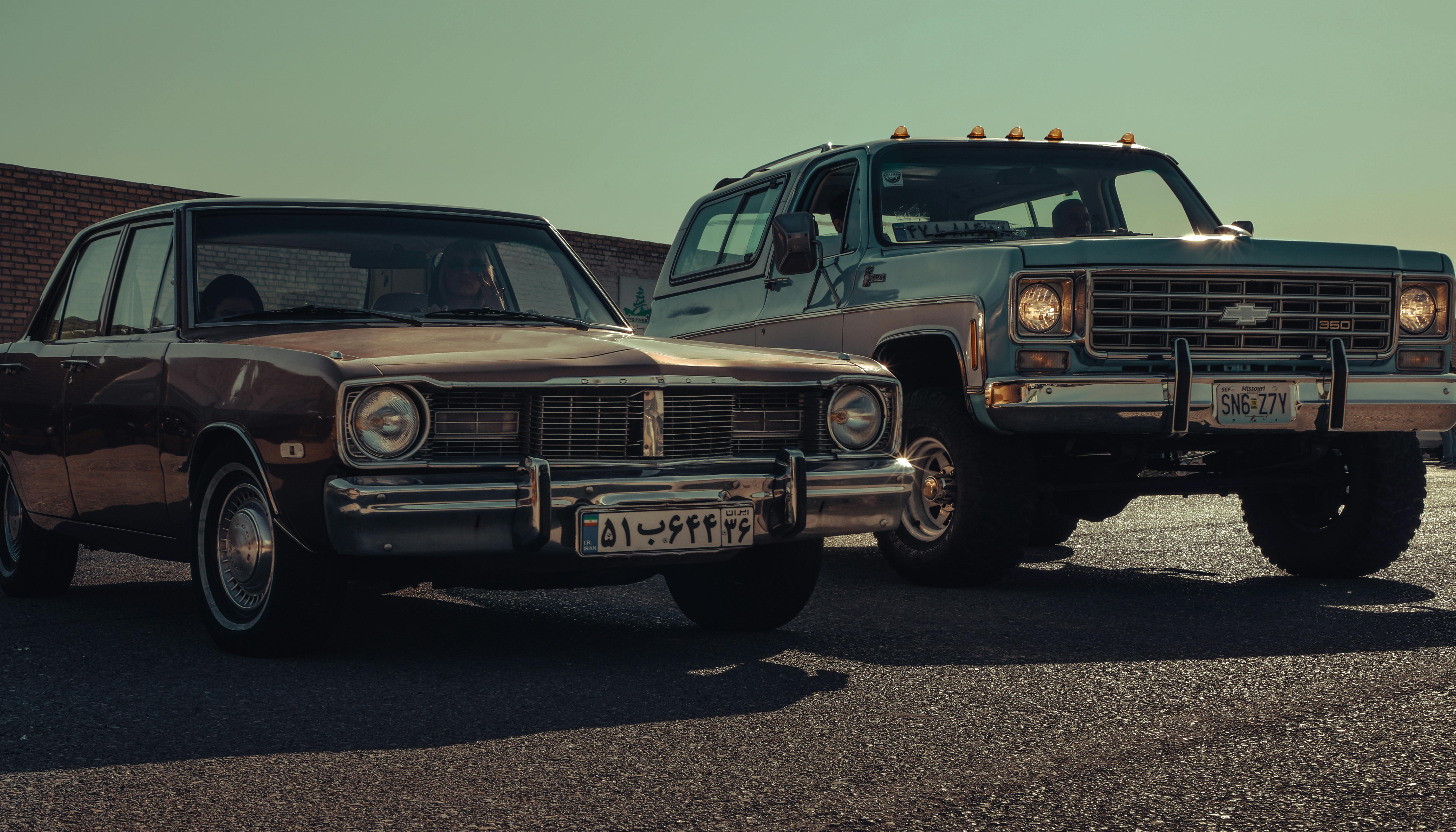The classic car market has evolved from weekend hobby to globally recognised investment class, attracting everyone from first-time buyers to institutional funds. Understanding why classic cars outperform many traditional assets—and how to pick, verify, and protect the right examples—can transform a passion into a profitable portfolio. This guide unpacks the fundamentals of the collectible auto space, highlights 2025–2026 market trends, and explains how to invest in collectible cars without common pitfalls.
Outline
-
What Makes Classic Cars a Legitimate Investment Class?
-
How Is the Classic Car Market Performing in 2025–2026?
-
Which Factors Drive Long-Term Investment Returns on Collectible Cars?
-
Are Muscle Cars or European Sports Cars the Better Investment?
-
How Do Authenticity and Rarity Influence Classic Car Valuation?
-
What Role Do Auctions Play in Shaping Market Trends?
-
How Can Restoration Enhance—or Destroy—Investment Potential?
-
What Are the Key Costs and Risks of Classic Car Ownership?
-
Why Diversification Matters When You Invest in Classic Cars
-
How West Coast Shipping Protects and Adds Value to Your Classic Car Investment
1. What Makes Classic Cars a Legitimate Investment Class?
Unlike volatile equities or invisible digital coins, classic cars are tangible assets—you can touch, drive, and exhibit them. Their appeal spans three key attributes:
-
Intrinsic enjoyment: Few investments offer the sensory thrill of a brisk run in a vintage sports car.
-
Finite supply: Production lines closed decades ago; surviving numbers only shrink, boosting rarity.
-
Cultural cachet: Iconic designs and motorsport history create emotional demand that underpins market value even when broader markets wobble.
Data from the Classic Car Import Trend 2025-2026 report shows a double-digit surge in cross-border trades, evidence that investors worldwide now treat collectible autos as part of a broader alternative investments strategy.
2. How Is the Classic Car Market Performing in 2025–2026?
Recent market trends reveal a healthy, if selective, bull run:
-
Hagerty ratings indicate overall stability after the pandemic spike, with niche segments—1990s Japanese collector icons and limited-production European exotics—outpacing pre-1960s saloons.
-
The global classic car market is projected to grow 8.7 percent annually through 2032, according to insights in the tariff-opportunity analysis.
-
Currency shifts and the 25-year import exemption continue to pull supply toward the United States, pushing up prices for already-landed stock.
These indicators suggest investment potential remains solid—provided buyers focus on models with provable provenance and enduring enthusiast bases.
3. Which Factors Drive Long-Term Investment Returns on Collectible Cars?
Provenance and Documentation
A classic car investment rises fastest when factory build sheets, ownership records, and service history stay intact. Missing papers can cut resale prices by twenty percent or more.
Originality vs. Upgrades
Cars retaining matching-numbers drivetrains typically outpace heavily modified examples. However, sympathetic upgrades enhancing safety without altering character—think period-correct disc brakes—can improve desirability while preserving authenticity.
Demographic Demand
As Gen-X and Millennial buyers reach peak earnings, cars from the late 1980s to early 2000s (BMW E46 M3, Nissan Skyline R34) enter the sweet spot of nostalgia and modern usability, fuelling fresh collector interest.
4. Are Muscle Cars or European Sports Cars the Better Investment?
American muscle cars offer accessible entry points and strong nostalgia premiums, especially overseas as detailed in the Global Collector Demand study. European marques—Porsche, Ferrari, Aston Martin—command higher initial outlays but benefit from global prestige and limited production runs.
Key differences:
| Attribute | Muscle Icons | European Exotics |
|---|---|---|
| Average buy-in (driver quality) | $65k | $180k |
| Five-year appreciation (Hagerty) | 18% | 25% |
| Parts availability | Extensive aftermarket | OEM parts scarce, costly |
| Insurance cost | Moderate | High |
Diversified portfolios blend both categories: a concours Mustang Boss 302 for steady U.S. demand, balanced by an air-cooled Porsche 911 tapping European and Asian appetite.
5. How Do Authenticity and Rarity Influence Classic Car Valuation?
Authenticity confirms a car is what it claims: correct chassis, engine, trim, and VIN stamping. Third-party inspections and marque experts help investors avoid re-stamped blocks or replica body shells.
Rarity multiplies upside—particularly when tied to motorsport pedigree or limited production runs. Example: only twenty Mercedes 300 SL Alloy Gullwings exist, pushing recent auction prices above $9 million, as charted in multiple marque-specific analyses.
When you invest in collectible cars, weigh rarity against serviceability; ultra-rare parts may stall enjoyment and resale if failure occurs.
6. What Role Do Auctions Play in Shaping Market Trends?
Live and online auction platforms broadcast price transparency, shaping buyer sentiment:
-
Monterey and Scottsdale remain bellwethers; record hammer prices ripple across the classic car market within weeks.
-
Specialist auctions spotlighting Japanese Domestic Market models amplified the investment opportunity once the 25-year exemption unlocked R34 Skylines in 2025.
Investors monitor hammer-price comps, sell-through rates, and no-reserve results to calibrate offers in private sales. Our Top 10 Collector Car Auctions guide lists key events and seasonal timing.
7. How Can Restoration Enhance—or Destroy—Investment Potential?
Quality Over Quantity
Expert car restoration using OEM parts and documented techniques increases desirability. Corner-cut paint jobs and incorrect interiors, however, erode car value.
Cost Control
Restoration budgets often exceed resale gains if the vehicle lacks intrinsic rarity. Investors run cost-benefit spreadsheets before embarking on full nut-and-bolt rebuilds.
Preservation Trend
The market increasingly rewards original patina over over-restored shine. “Barn-find authenticity” discussed in Barn Find Economics shows how lightly recommissioned survivors beat frame-off restos in recent sales.
8. What Are the Key Costs and Risks of Classic Car Ownership?
-
Insurance premiums scale with appraisal; specialty policies protect agreed value.
-
Secure car storage with climate control prevents rust and preserves leather.
-
Maintenance parts on exotic collectible vehicles can exceed modern luxury service bills, especially for limited production Ferraris.
-
Market volatility mirrors broader economic swings; diversify across eras and price tiers.
Mitigation strategies include supplemental cargo protection during shipping and periodic professional valuations to adjust coverage limits.
9. Why Diversification Matters When You Invest in Classic Cars
Concentration in one marque or era exposes portfolios to shifting tastes. A balanced collection might include:
-
A seventies muscle car for domestic nostalgia.
-
An eighties European sports car for global prestige.
-
A nineties JDM halo model for rising younger-generation demand.
Diversification stabilises returns and broadens potential buyer pools when you eventually liquidate assets.
10. How West Coast Shipping Protects and Adds Value to Your Classic Car Investment
From sealed containers to title verification, West Coast Shipping provides turnkey logistics that protect your investment:
-
Enclosed transport from seller to port, minimising wear and tear.
-
Real-time tracking and comprehensive insurance packages.
-
Compliance guidance for age-based tariff exemptions, ensuring you capitalise on duty savings highlighted in our 25-Year Exemption report.
-
Expert paperwork handling—from bill of lading to foreign registration—reducing market volatility tied to regulatory delays.
Collectors and investors rely on our experience moving high-value classics to emerging hubs like the Middle East and South-East Asia, strengthening liquidity across the global classic cars market.
Key Takeaways for Classic Car Investors
-
Classic cars offer a unique mix of enjoyment, scarcity, and solid investment potential.
-
The classic car market remains resilient in 2025–2026, with certain niches vastly outperforming.
-
Authenticity, documented provenance, and rarity are the cornerstones of valuation.
-
Quality restoration adds value only when aligned with original specification and market demand.
-
Diversify across eras and marques to hedge against shifting collector tastes.
-
Professional logistics through West Coast Shipping safeguard assets and unlock tariff advantages.
Get Your Classic Car Investment Shipping Quote
Ready to move your next collectible car acquisition safely across borders? Use our instant calculator below for real-time rates, sailing schedules, and expert paperwork guidance—then let West Coast Shipping handle every mile of your classic car investment journey.
You May Also Like
These Related Stories

Can I Ship a Collectible Car to a Car Show? International Shipping Guide

Classic and Collector Car Values: Is inflation a concern?

-093789-edited.png?width=220&height=79&name=wcs_final_logo_(1)-093789-edited.png)
